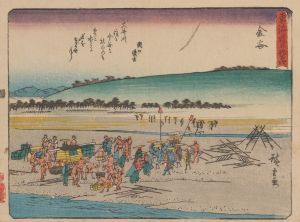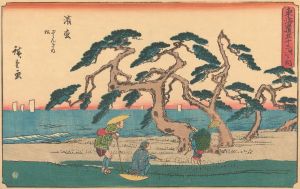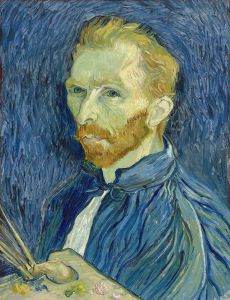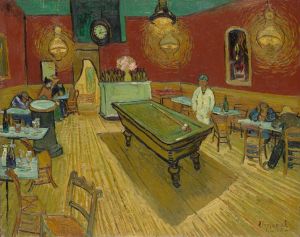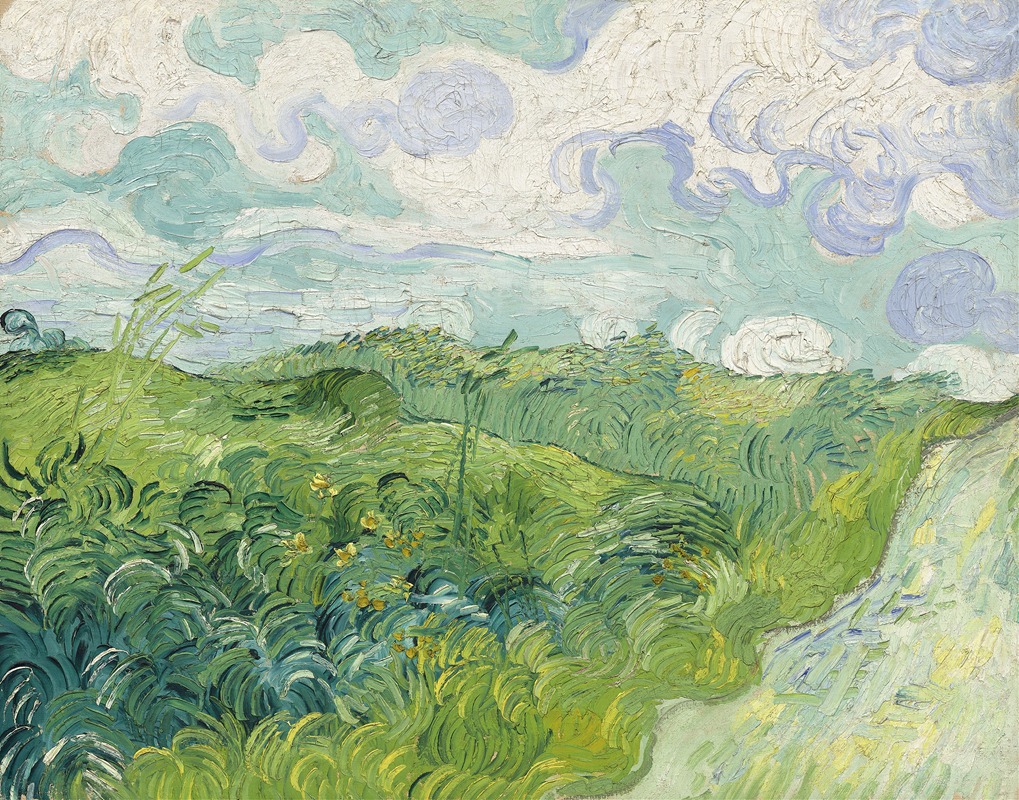
Green Wheat Fields, Auvers
A hand-painted replica of Vincent van Gogh’s masterpiece Green Wheat Fields, Auvers, meticulously crafted by professional artists to capture the true essence of the original. Each piece is created with museum-quality canvas and rare mineral pigments, carefully painted by experienced artists with delicate brushstrokes and rich, layered colors to perfectly recreate the texture of the original artwork. Unlike machine-printed reproductions, this hand-painted version brings the painting to life, infused with the artist’s emotions and skill in every stroke. Whether for personal collection or home decoration, it instantly elevates the artistic atmosphere of any space.
"Green Wheat Fields, Auvers" is an oil painting by the Dutch post-impressionist artist Vincent van Gogh. Created in July 1890, this work is one of the many pieces van Gogh painted during his time in Auvers-sur-Oise, a small town in northern France where he spent the final months of his life. The painting is notable for its vibrant depiction of the rural landscape, characterized by the lush green wheat fields that dominate the composition.
Van Gogh moved to Auvers-sur-Oise in May 1890, seeking a quieter environment and the care of Dr. Paul Gachet after spending time in the Saint-Paul-de-Mausole asylum in Saint-Rémy-de-Provence. During his brief stay in Auvers, he was remarkably productive, creating over 70 paintings in about 70 days, including "Green Wheat Fields, Auvers."
The painting measures 50.2 cm by 100.3 cm (19.8 in by 39.5 in) and is executed on a canvas using oil paints. It features a sweeping view of the countryside, with undulating fields of green wheat under a dynamic sky filled with swirling clouds. The composition is divided into horizontal bands, with the green fields in the foreground, a line of trees in the middle ground, and the sky occupying the upper portion of the canvas. Van Gogh's characteristic bold brushstrokes and vibrant color palette are evident in this work, capturing the movement and energy of the natural landscape.
"Green Wheat Fields, Auvers" reflects van Gogh's deep appreciation for nature and his ability to convey the emotional and spiritual essence of the landscape. The painting is imbued with a sense of tranquility and vitality, showcasing van Gogh's mastery in capturing the interplay of light, color, and texture.
This painting is part of the collection at the National Gallery of Art in Washington, D.C. It was acquired by the gallery in 1961 as a gift from Mr. and Mrs. Paul Mellon. The Mellons were prominent American philanthropists and art collectors who made significant contributions to the National Gallery of Art, enriching its collection with numerous masterpieces.
Van Gogh's time in Auvers-sur-Oise was tragically short-lived. On July 27, 1890, he sustained a gunshot wound, and he died two days later on July 29, 1890, at the age of 37. Despite his struggles with mental health and the challenges he faced throughout his life, van Gogh's work has had a profound and lasting impact on the art world. His innovative use of color, expressive brushwork, and emotional depth have made him one of the most celebrated and influential artists in history.
"Green Wheat Fields, Auvers" stands as a testament to van Gogh's enduring legacy and his extraordinary ability to capture the beauty and complexity of the natural world. The painting continues to be admired by art enthusiasts and scholars alike, offering a glimpse into the artist's unique vision and his profound connection to the landscape of Auvers-sur-Oise.





